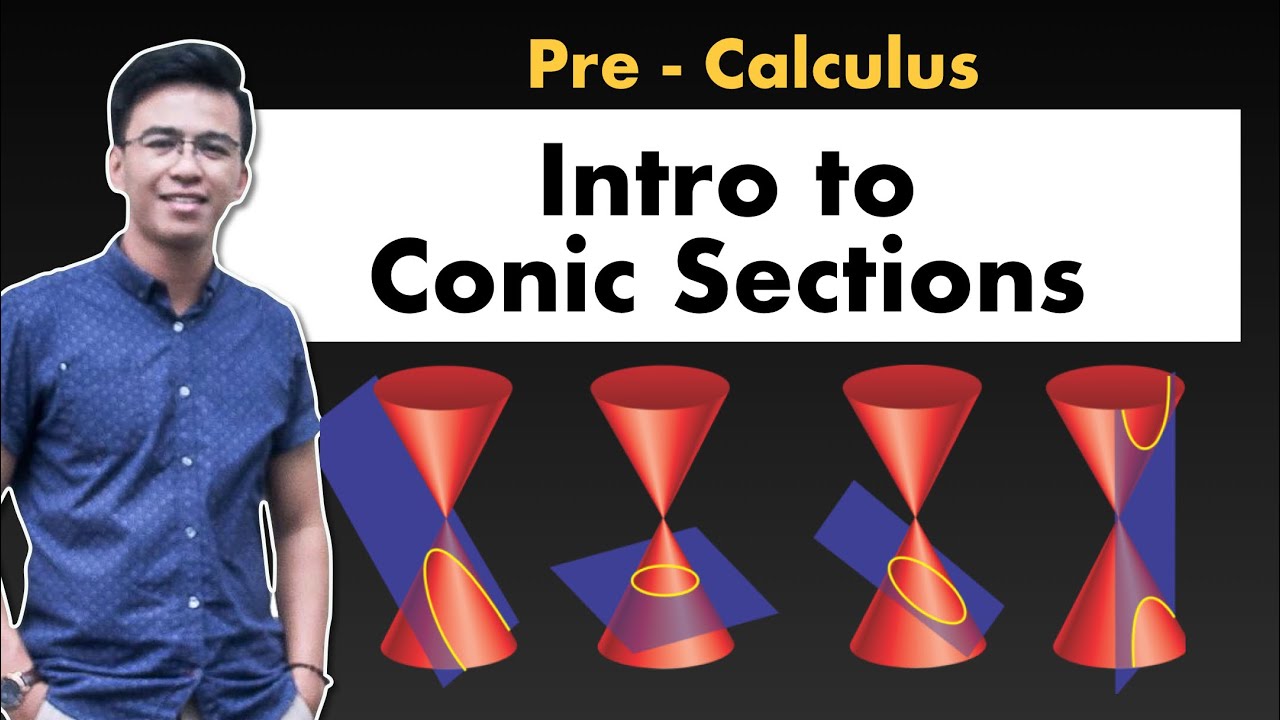ROTASI (PERPUTARAN) || TRANSFORMASI GEOMETRI
Summary
TLDRThis educational video introduces the concept of rotational geometry, explaining how points and shapes rotate around a center. Through examples like a Ferris wheel, the video demonstrates the rotation of points using specific angles (90°, 180°, 270°, and 360°) in both clockwise and counterclockwise directions. The script emphasizes key transformations of point coordinates during rotation and explains how geometric shapes, such as triangles, can also undergo rotations. Practical tools like a protractor and compass are used to visualize these rotations, helping students grasp the fundamentals of this important mathematical concept.
Takeaways
- 😀 Rotational motion is a key concept in daily life, exemplified by a Ferris wheel and windmill.
- 😀 Rotations can occur with angles ranging from 0° to 360°, with special focus on 90°, 180°, 270°, and 360°.
- 😀 Rotation direction can be either clockwise (negative) or counterclockwise (positive).
- 😀 A rotation center (like the origin, O(0,0)) plays a crucial role in determining the rotated coordinates.
- 😀 Rotating a point (e.g., A(3,2)) involves shifting its position based on the angle of rotation (90°, 180°, 270°, 360°).
- 😀 A 90° counterclockwise rotation swaps the x and y coordinates, making the new x-coordinate negative.
- 😀 A 180° rotation results in both x and y coordinates becoming negative.
- 😀 A 270° rotation swaps x and y coordinates, but the new x-coordinate becomes negative.
- 😀 A full 360° rotation brings the point back to its original position.
- 😀 A practical example shows how a triangle's vertices are rotated to form a new shape, with the same principles applied to both individual points and geometric shapes.
Q & A
What is the central concept discussed in the video script?
-The central concept discussed is rotation, specifically how to rotate points and shapes in geometry.
What are some real-life examples of rotation mentioned in the video?
-Examples of rotation in real life include a Ferris wheel and a windmill.
What does the term 'center of rotation' mean in geometry?
-The center of rotation is the fixed point around which a figure or point is rotated.
How does rotation with an angle of 90° counterclockwise affect the coordinates of a point?
-When rotating a point by 90° counterclockwise, the x- and y-coordinates swap places, and the new x-coordinate becomes negative.
What happens to the coordinates of a point when rotated 180°?
-When a point is rotated 180°, both the x- and y-coordinates become negative.
What is the result of rotating a point by 270° counterclockwise?
-When a point is rotated by 270° counterclockwise, the coordinates swap places, and the y-coordinate becomes negative.
What happens when a point is rotated 360°?
-When a point is rotated 360°, it returns to its original position, meaning the coordinates stay the same.
Can you explain the formula for rotating a point by 90° counterclockwise?
-For a 90° counterclockwise rotation, the formula is (x, y) → (-y, x), where the x- and y-coordinates swap, and the new x-coordinate is negative.
How do rotations of shapes differ from rotations of individual points?
-When rotating shapes, each vertex of the shape is rotated according to the same rules that apply to points. The entire shape's orientation changes as a result.
What is the significance of rotating a triangle 90° clockwise in the example provided?
-In the example, rotating the triangle 90° clockwise is equivalent to rotating it 270° counterclockwise. The coordinates of the vertices change accordingly, and the rotated triangle's new position is determined.
Outlines

Dieser Bereich ist nur für Premium-Benutzer verfügbar. Bitte führen Sie ein Upgrade durch, um auf diesen Abschnitt zuzugreifen.
Upgrade durchführenMindmap

Dieser Bereich ist nur für Premium-Benutzer verfügbar. Bitte führen Sie ein Upgrade durch, um auf diesen Abschnitt zuzugreifen.
Upgrade durchführenKeywords

Dieser Bereich ist nur für Premium-Benutzer verfügbar. Bitte führen Sie ein Upgrade durch, um auf diesen Abschnitt zuzugreifen.
Upgrade durchführenHighlights

Dieser Bereich ist nur für Premium-Benutzer verfügbar. Bitte führen Sie ein Upgrade durch, um auf diesen Abschnitt zuzugreifen.
Upgrade durchführenTranscripts

Dieser Bereich ist nur für Premium-Benutzer verfügbar. Bitte führen Sie ein Upgrade durch, um auf diesen Abschnitt zuzugreifen.
Upgrade durchführenWeitere ähnliche Videos ansehen

Using The Follow Me Tool - The SketchUp FREE Essentials #1!

Jaring-Jaring Bangun Ruang

TRANSFORMASI (PART 3) : DILATASI : MATEMATIKA KELAS 9 SMP

Intro to Conic Sections | Pre Calculus | STEM Math

Molecular Geometry: Rules, Examples, and Practice

Matematika Kelas 5 SD - Bab 4 Keliling Bangun Datar || Kurikulum Merdeka
5.0 / 5 (0 votes)
